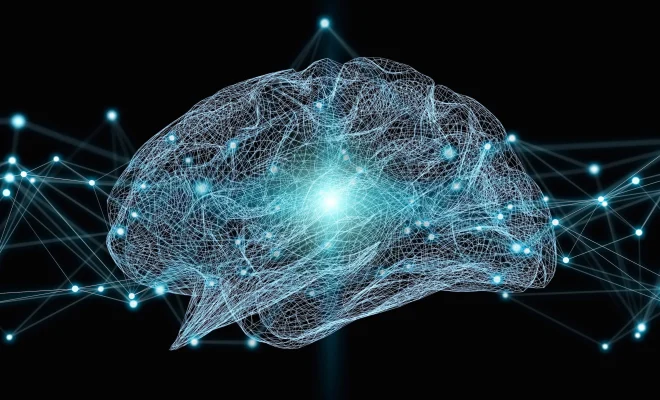Using Artificial Intelligence to Close the Achievement Gap

Achievement gaps occur when one group of students (such as students grouped by race/ethnicity, gender) outperforms another group and the difference in average scores for the two groups is statistically significant. The achievement gap between students who come from different socio-economic backgrounds is a pervasive problem in education.
Disparities in achievements between high and low socio-economic groups can be observed in children as young as 3 years and mostly stay with them for their lifetime. With the achievement gap established at a very early age, the resulting lack of achievement only decreases the likelihood of these children ever reaching the same levels of achievements as their more privileged peers. Well-designed AI solutions can help to resolve the achievement gaps that exist between various groups of students.
1. AI that provides learning assistance
Learning assistants powered by AI could support individual learners throughout their studies during school and beyond. AI learning assistants can provide each student with personalized learning assistance.
Through machine learning, AI can track student’s mouse movements and keystrokes and analyze the student’s performance in detail. It can pinpoint where a student went wrong in their argument and make a suggestion to improve learning outcomes.
Where teachers are not able to give personalized attention to each student at their level, an AI learning assistant can take on that role and guide students through learning gaps so they can catch up with other students.
Thinkster Math is an example of a training platform that uses AI to track the steps a student takes to solve a mathematical problem. Schools can deploy a product like Thinkster Math to close the achievement gap in math.
2. AI can personalize learning
The AI analysis of a student’s progress can give rise to the adaptation of learning material to suit the level of the student. The learning experience of each student can be personalized based on performance data gathered by the AI learning assistant.
With personalized learning, the pace of learning and the instructional approach work together to meet the needs of each learner. Personalized learning takes cognizance of the fact that each student is different, taking into account factors like social and economic background, race and gender as well as other factors that might influence learning.
3. AI learning assistants can give teachers useful feedback
AI learning assistants can identify problem areas and report on strategies to enhance student progress. AI can also provide feedback on the effectiveness of the curriculum as a whole. This applies to K-12 schools through to tertiary institutions.
These kinds of AI systems give students the support they need to progress and educators the information they need to optimize instruction for all learners.
AI has the potential to close the achievement gap if its use and deployment is carefully planned. Of course, this will all be to no avail if the significant disparities in technology access between affluent and low-income schools are not also addressed.





